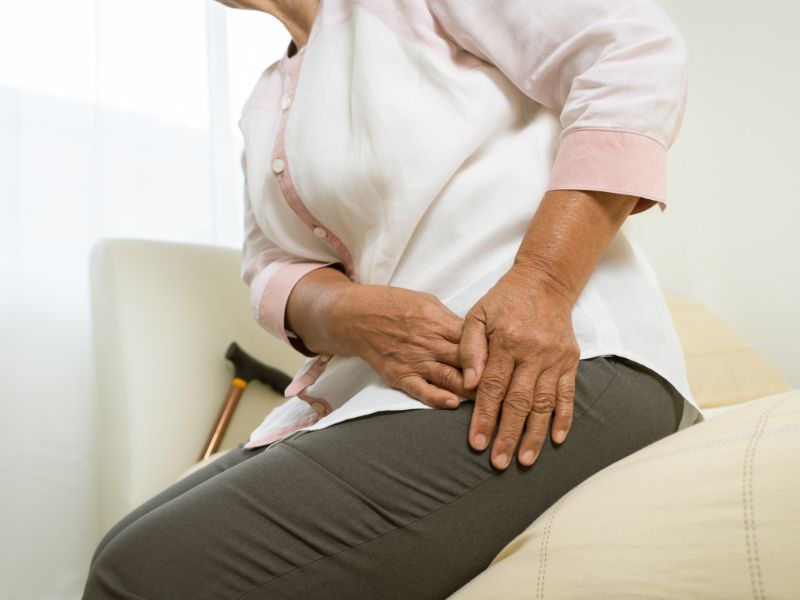
Understanding Herniated Disc: Symptoms, Causes, Diagnosis, and Treatments
A herniated disc is a painful condition affecting the spinal column. It occurs when the gel-like core inside an intervertebral disc protrudes from its usual position, putting pressure on the surrounding nerves. Here’s a comprehensive overview of this pathology.
Description of the Condition
Intervertebral discs act as cushions between the vertebrae of the spinal column. When part of a disc shifts or ruptures, it can compress spinal nerves, causing symptoms like pain, numbness, tingling, and even muscle weakness in the affected area. These symptoms may extend along the nerves to the arms or legs, depending on the location of the issue.
Causes and Risk Factors
Several factors can contribute to this condition, including aging, repetitive movements, trauma, or heavy lifting. Genetic predisposition, obesity, and smoking can also increase the risk of developing this problem.
Diagnosis
The diagnosis often involves a thorough physical examination, patient medical history, and imaging tests such as MRI or CT scans. These tools allow for precise visualization of the location and extent of the problem.
For a better visualization of the pathology, please click on the following link to access radiological images.
Treatment
Treatment depends on the severity of the symptoms. For mild to moderate cases, conservative measures like rest, physical therapy, and anti-inflammatory medications may be recommended. In more severe or persistent situations, corticosteroid injections or, in some cases, surgical intervention to remove the affected disc portion may be necessary.
It’s crucial to emphasize that each case is unique. Regular medical follow-up and close collaboration with a healthcare professional are essential to determine the best treatment plan tailored to each individual, aiming to alleviate pain and restore mobility.



